Hamas-hold-a-poster-of-a-Syrian-map-with-Arabic-text-that-reads-%E2%80%9CAleppo-is-burning%E2%80%9D.jpg" />
Masked Palestinian from the Izzedine al-Qassam Brigades, a military wing of Hamas, hold a poster of a Syrian map with Arabic text that reads, “Aleppo is burning,” during a rally to commemorate the 29th Hamas anniversary in Gaza City.
Gaza City, Palestine, 15 Rabiul Awwal 1438/15 December 2016 (MINA) – As Palestinian resistance movement Hamas marked the 29th anniversary of its establishment on Wednesday, it continues to face “complicated” circumstances both domestically and externally, say experts.
Also Read: Humanitarian Response in Gaza Expands as Israel Reopens Zikim Crossing
Hamas was founded on Dec. 14, 1987 in the Gaza Strip by a group of Muslim Brotherhood members, most notable of whom was Sheikh Ahmed Yassin.
Since then, the group’s influence has expanded dramatically due to its ongoing commitment to armed resistance against Israel in both the Israeli-occupied West Bank and the blockaded Gaza Strip.
In Gaza, Hamas runs an expansive network of civil society and humanitarian organizations. This, say observers, is one of the reasons for the group’s continued popularity.
The group is currently based in the Gaza Strip, which it has governed since 2007, when it wrested the enclave from rival Palestinian movement Fatah.
Also Read: UNICEF Says Israel Blocking Entry of Syringes and Baby Formula Bottles into Gaza
The current head of Hamas is Khaled Meshaal, who remains based in Qatari capital Doha. Meshaal’s deputy is Ismail Haniyeh, who resides in the blockaded Gaza Strip.
‘Running wound’
Also Read: WHO Evacuates Nearly 8,000 Patients from Gaza
Adnan Abu Amer, a professor of political science at Ummah University, believes reconciliation with Fatah is the primary challenge currently facing Hamas.
Abu Amer told Anadolu Agency that the failure to achieve inter-Palestinian reconciliation was “a running wound” that had contributed to Hamas’ isolation.
“Reconciliation [with Fatah] will give Hamas a historical and political role while improving the group’s external prospects as well,” he said.
The political and geographical division of Palestine — between the Hamas-run Gaza Strip and the Fatah-run West Bank — dates back to mid-2007, when Hamas captured Gaza from Fatah.
Also Read: Satellite Images Show Over 1,500 Buildings Destroyed in Gaza Since Ceasefire Began
Since then, several rounds of reconciliation talks have been held between the two groups — most recently in Doha — but these failed to achieve any breakthroughs.
In the external arena, Abu Amer believes Hamas faces the challenge of restoring relations with various countries of the region, especially in the wake of the 2011 “Arab Spring” uprisings.
“Hamas must forge positive relations with all parties by presenting itself as a Palestinian movement far from partisan or ideological considerations,” Abu Amer said.
He went on to assert that the region’s current political situation also required Hamas to reconcile with Iran and Egypt, “since it needs the financial and political support of these countries.
Egypt, Iran
The relationship between Hamas and Egypt has been dogged by tension since Mohamed Morsi — Egypt’s first freely elected president and a Muslim Brotherhood leader — was ousted in a 2013 military coup.
And while Hamas had at one point enjoyed strong ties with Iran, the eruption of the Syrian conflict in 2011 — and Hamas’ refusal to support the Assad regime — has since brought relations with Tehran under strain.
Ibrahim al-Madhoun, head of the Gaza-based Future Research Center, told Anadolu Agency that the main challenge now facing Hamas was the need to achieve a degree of “international recognition”.
Also Read: Israeli Forces Kill Palestinian in Jabalia Refugee Camp, Gaza
“Despite the region’s current circumstances, Hamas can still acquire international legitimacy by maintaining good relations with all regional parties,” he said.
“Hamas is trying to balance its relations, including those with the international community, according to ongoing developments in the region,” he added.
Al-Madhoun went on to note that Hamas also faced the challenge of drumming up adequate financial support.
“Hamas faces great difficulties garnering financial support, especially since funds that used to be provided by pro-resistance countries have dried up,” he said.
Also Read: Three Killed, Several Injured in Ongoing Israeli Attacks Across Gaza
Hamas generally does not reveal the sources of its funding. But some informed sources within the group told Anadolu Agency that financing comes mainly from fees paid by group members, along with donations from Hamas supporters around the world.
Sacrifices
Hani al-Masri, director of the Ramallah-based Masarat Strategic Studies Center, believes the main internal challenge faced by Hamas is the need to present itself as a national liberation movement.
“In recent years, Hamas has come to benefit from both the sacrifices it has made in the resistance [against the Israeli occupation] and its political achievements,” al-Masri said.
“Hamas now acts as an influential player in both the domestic and external arenas, which should drive the group to reconsider current variables in the region,” he added.
Hamas began its resistance activities in 1987, when it created an armed wing dubbed the “Palestinian Mujahedeen.” In 1992, the group’s military arm was renamed the Ezzedine al-Qassam Brigades.
Hamas augmented its military wing during the second Palestinian uprising (2000-2005), when it transformed the Brigades into a formidable militia, especially in the Gaza Strip.
Also Read: Israeli Soldiers Reveal Orders Allowing Killings of Palestinian Civilians During Gaza War
In previous statements, Hamas has said it was able to field as many as 10,000 Brigades fighters in the Gaza Strip alone.
The Ezzedine al-Qassam Brigades have come to depend on guerrilla warfare tactics in their resistance against Israeli occupation forces.
Between 2008 and 2014, the Hamas-run Gaza Strip has been the target of three Israeli military campaigns, the last of which was a 51-day onslaught in mid-2014 that left some 2,250 Palestinians — mostly civilians — dead.
Hamas has also succeeded in capturing a number of Israeli soldiers, including army sergeant Gilad Shalit in 2006, who was later traded for 1,050 Palestinian prisoners in a 2011 swap deal.
Also Read: MER-C Volunteer Dr. Anthon Performs Oral Surgery at Gaza’s Baptist Hospital
In 2006, Hamas won a majority in Palestinian legislative elections. The results of the polls, however, were not recognized by either Israel or the U.S.
Some Palestinian factions, including Fatah, refused to participate in the subsequent Hamas-led government, accusing it of failing to table a viable political program. (T/R07/R01)
Mi’raj Islamic News Agency )MINA)





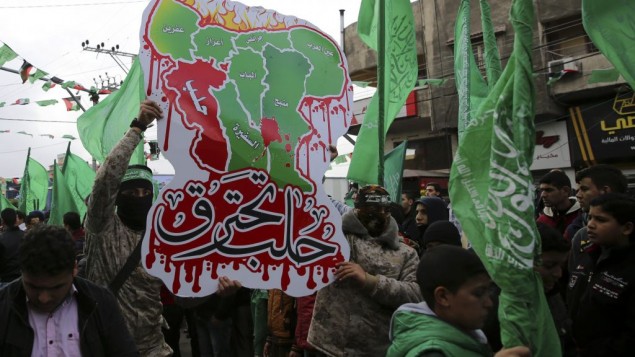

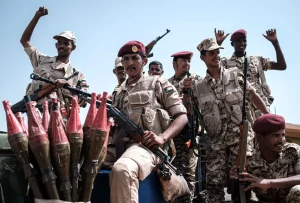
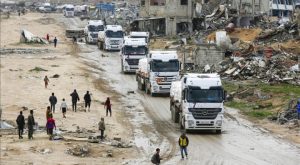



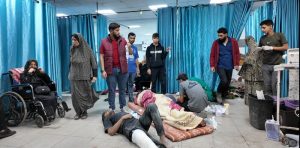
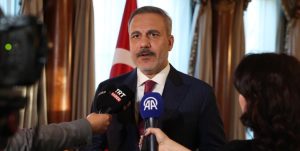

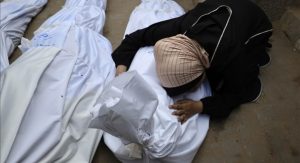
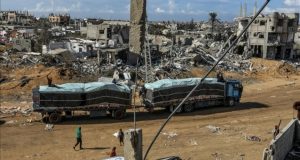

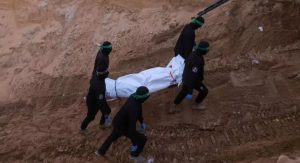






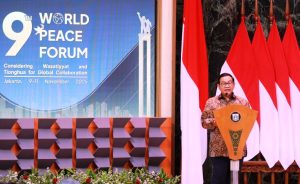






 Mina Indonesia
Mina Indonesia Mina Arabic
Mina Arabic